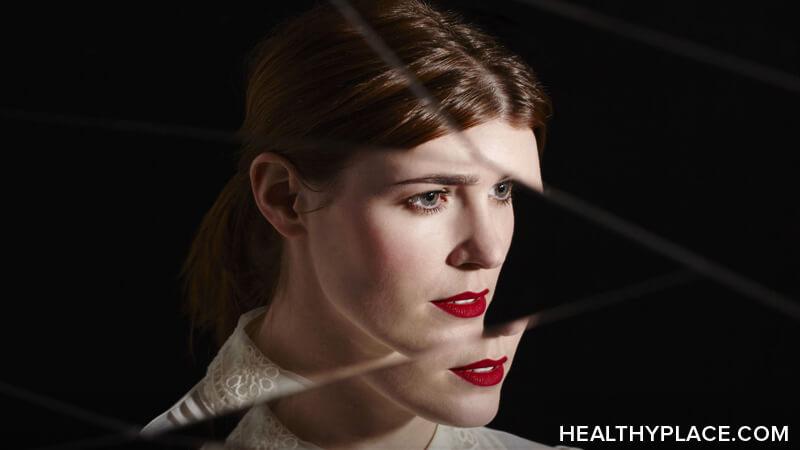How to Cure People with Body Dysmorphic Disorder
A Cure for Body Dysmorphic Disorder
As with other types of obsessive-compulsive disorder (OCD), experts haven't discovered how to cure body dysmorphic disorder. If you try to treat body dysmorphic disorder on your own, it's not likely to get much better. However, people with body dysmorphic disorder can take some action on their own that can work along with the treatment plan put in place by their doctor.
Self-Help for People with Body Dysmorphic Disorder
While no cure for body dysmorphic disorder presently exists, professional BDD treatment and self-help techniques can bring significant symptom relief. Take a closer look at self-help techniques for people with body dysmorphic disorder:
- Educate yourself on your disorder – Learn all you can about body dysmorphic disorder. Knowledge truly is power and it can empower and motivate you to do whatever it takes to get better.
- Know your triggers – Talk to your doctor or therapist about what situations or events may trigger your individual BDD signs and symptoms. Ask him or her to help you formulate a plan of action if symptoms threaten to return.
- Stay physically active – Physical exercise can go a long way to help manage many of the symptoms associated with BDD. Engaging in a regular exercise routine may also help counteract some of the side effects of your medication, such as weight gain.
- Avoid drugs and alcohol – Illegal substances and alcohol can worsen your symptoms and counteract the progress you've made in therapy.
- Stick to your treatment strategy – Take your medicine as directed and don't skip therapy sessions even when you're feeling better. When you feel better and symptoms have subsided, it's even more important to stick to your treatment plan.
- Keep a journal – Journal your obsessive thoughts and urges to perform rituals associated with your BDD. Share this with your therapist. Don't forget to record when you've successfully overcome the urges and restructured the negative thoughts.
- Eat and rest – It's important that you get enough sleep and that you maintain a healthy diet. These contribute to both physical and mental health.
- Read self-help books – Ask your therapist to recommend some self-help books about obsessive-compulsive disorders and, specifically, BDD.
- Stay socially active – Don't isolate yourself. Take time to participate in activities you love and get together with friends and family.
- Learn stress reduction techniques – Ask your therapist to recommend stress management and reductions techniques like meditation and breathing exercises.
- Get involved in group therapy – Family support represents a critical piece of successful BDD treatment. It's helpful to join both a group for those suffering with BDD and a family group, so family members can better understand the condition.
- Reach out when you're down – Don't make decisions about undergoing cosmetic surgery procedures while you're down in the dumps, feeling anxiety, or obsessing over your perceived flaws.
Take control of your mental and physical health by sticking to your treatment plan. Sure there's no cure for body dysmorphic disorder, but by staying honest with your therapist and trying some of these suggestions for helping yourself at home, you can successfully manage your symptoms.
APA Reference
Gluck, S.
(2022, January 10). How to Cure People with Body Dysmorphic Disorder, HealthyPlace. Retrieved
on 2025, December 20 from https://www.healthyplace.com/ocd-related-disorders/body-dysmorphic-disorder/how-to-cure-people-with-body-dysmorphic-disorder



